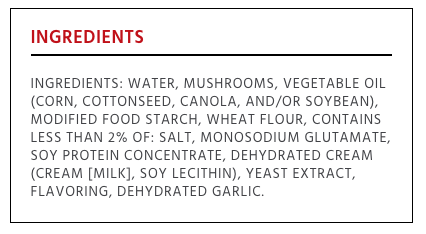Over the years I've developed a habit of choosing a word to serve as my intention for the year. This year the word is mindfulness. As I go through each year I reflect frequently on my word and see if I am meeting my reasons for having chosen it.
Choosing a Word
In past years it has sometimes been a struggle to come up with a word. There are so many to choose from! And finding just the right one that resonates is not as easy as you might think. Usually I wind up taking the time from Christmas until somewhere after the New Year to identify a word.
This year, as I worked on my new book on meditation I kept coming back to the word and it really resonated with me. Each time I thought about it, wrote about it, saw it on my desk or my computer it caught my attention and made me stop for a moment.
I realized that it flows well from my previous word of Focus.
The dictionary defines mindfulness as
2. Psychology.
- a technique in which one focuses one's full attention only on the present, experiencing thoughts, feelings, and sensations but not judging them:The practice of mindfulness can reduce stress and physical pain.
- the mental state maintained by the use of this technique
Benefits of Mindfulness
One of the things that appeals to me about choosing this word is how much it resonates with our need for self care. When I work with clients I encourage them to be more mindful about their eating which, of course, has an impact on health. I encourage some sort of self care practice, breathing, meditation, yoga, all of which require a degree of mindfulness.
Moving forward into the new year there will be more of that. Both for them and for me. While I am a holistic health practitioner and I support others to achieve their wellness goals, I know I benefit from these practices as well.
The truth is that mindfulness is a very supportive piece of our overall health and wellness. Studies have shown that it can help lower stress and reduce blood pressure. This, in turn, is good for heart health. [1] Mindfulness can also help with nutrition, satiety, and even weight loss. There are a number of studies about this and even a book on the subject
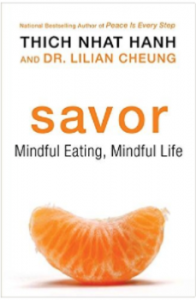
In the year ahead I'm looking forward to deepening my own sense of mindfulness. And I'm excited to share with others, supporting them to develop their own mindfulness practices as part of their wellness plan.
Words From Past Years
If you're interested these are the words that I've chosen in the past. I find it fascinating to look back at previous years, at the reasons I chose certain words and reflecting on the growth that brought to my life.
I'd like to encourage you to pick a word of your own. It's an interesting exercise and can have some amazing results. If you want to take it one step further you can even go to OneWord365 and put it out there into the universe.


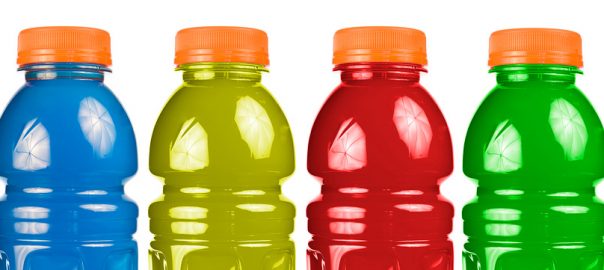
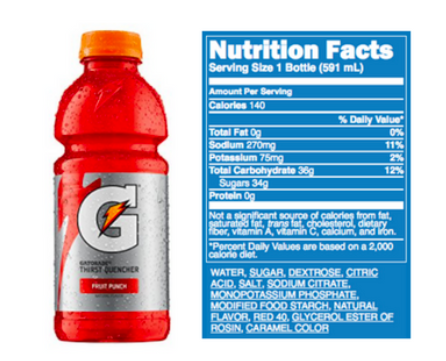
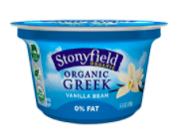 Modified food starches are found in a wide variety of foods. One example is yogurt. Take a look at the list of ingredients of this popular brand of fat-free vanilla Greek yogurt:
Modified food starches are found in a wide variety of foods. One example is yogurt. Take a look at the list of ingredients of this popular brand of fat-free vanilla Greek yogurt:
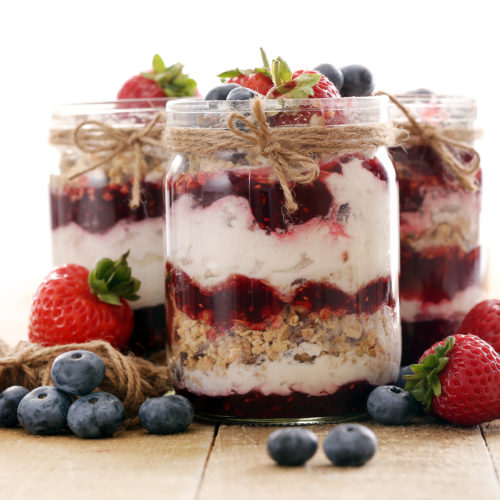
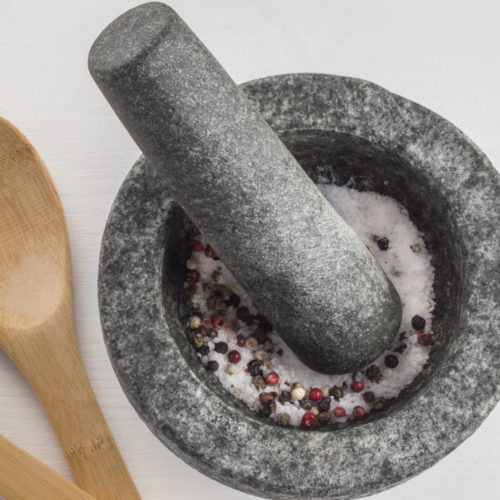

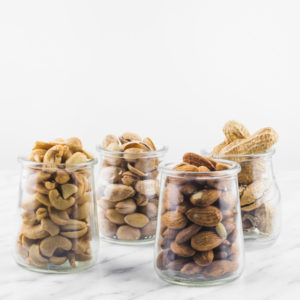


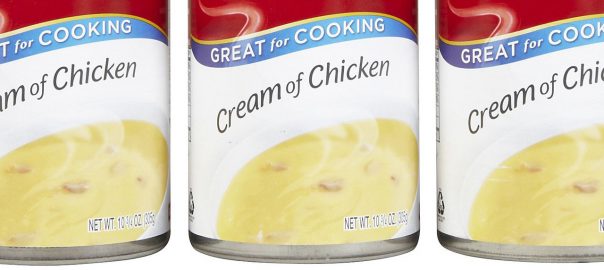
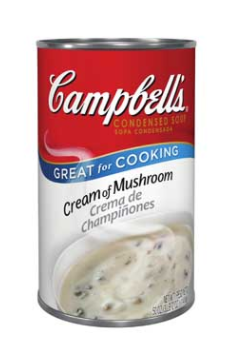 tertime and meal planning seems to turn to soups, stews, and casseroles. For a lot of people that includes taking a shortcut by using some kind of creamy soup as one of the ingredients in their recipe. Unfortunately while this seems to save time it's actually not a great idea.
tertime and meal planning seems to turn to soups, stews, and casseroles. For a lot of people that includes taking a shortcut by using some kind of creamy soup as one of the ingredients in their recipe. Unfortunately while this seems to save time it's actually not a great idea.